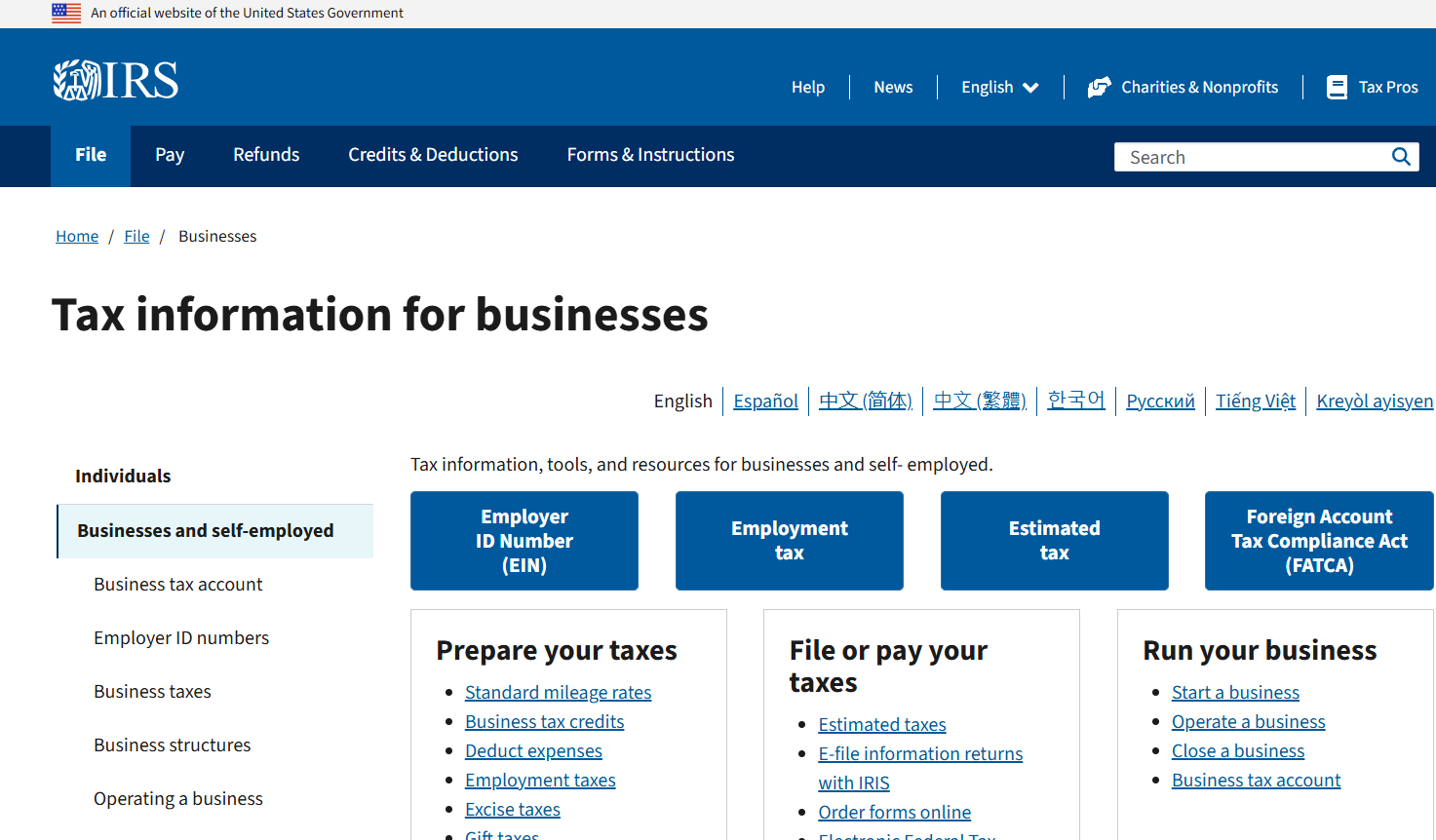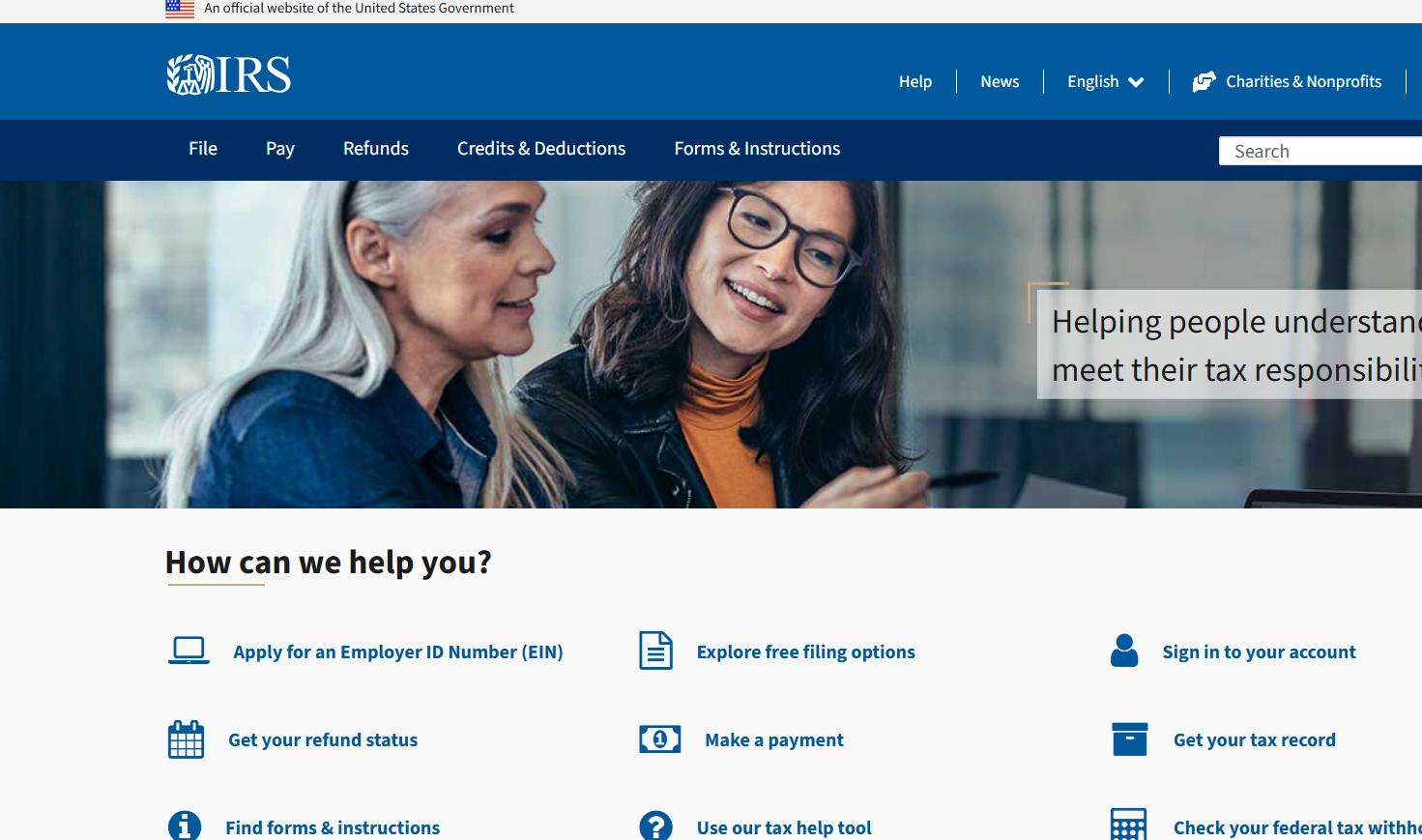Factoring Receivables as a Financing Strategy
By Gregory S. Dowell, CPA
While the concept may be new to many business owners, “factoring” as a means of financing has been around for centuries, arguably getting its birth with the need to finance merchant trading around 1400 A.D. Every few years, depending on the availability of traditional bank financing, there seems to be a resurgence of interest in factoring.
So what is factoring? Factoring is a way that businesses generate cash by selling their accounts receivable to a third party, called a factor. The advantage to the business is that it receives a majority of its cash from the sale immediately and does not have to wait for the accounts receivable to be collected. This advantage for the business has to be weighed against the cost of factoring. The factor makes money on the transaction by purchasing the accounts receivable at a discount. There are variations, but typically the factor will advance a percentage of the value of the accounts receivable to the business, with the remainder being paid when the underlying accounts receivables are collected, after withholding the factor’s fee (the discount referred to above).
Factoring differs from bank financing because it solely looks to the accounts receivables as its security, whereas bank financing will consider other assets as collateral in addition to the accounts receivable. The other assets considered by banks typically include inventory, equipment, and real property. Importantly, factoring is not considered to be a loan to a business; it is the sale of a financial asset. While there are exceptions, we often see businesses turn to factoring when it is more difficult for them to get traditional bank financing. A key distinction is that in deciding whether to take on the engagement, the factor looks to the creditworthiness of the business’s customer, while the bank looks to the creditworthiness of the business.
With the economic downturn, it is no surprise that there has been a resurgence in factoring in the last few years. As banks have curtailed lending to small businesses, commercial finance companies have been available to at least partially fill the financing void by offer factoring as an alternative. In addition, as many banks have failed in recent years, and many of those failed banks have been smaller banks that focused on small businesses, there are simply fewer banks to offer factoring to small businesses. The other side of that coin is that small businesses have been forced to absorb the additional costs involved in factoring, at a time when many small businesses have very little room to absorb any additional expenses on their income statement. Because factoring is not considered a loan, as an industry it is not regulated nearly to the extent that the banking industry is regulated.
While it can certainly be appropriate in a number of cases, factoring is truly caveat emptor – let the buyer beware. In virtually every case, factoring will involve additional costs for a business compared to conventional financing. In addition, it is more difficult to analyze the total cost of factoring, as there are many components to a factoring relationship that need to be analyzed. A vicious cycle can also be started when a business is forced to consider factoring: Struggling businesses turn to factoring when traditional bank financing is not available because the business’ balance sheet is not strong enough, yet factoring involves additional costs that further erode the profitability of the business and makes it difficult to improve the business’ balance sheet in the long run. For that reason, in many cases it can be difficult for a business to break the cycle of factoring.
The bottom line is that care should be taken before considering factoring as an alternative. Factoring may prove to be exactly what the small business owner needs to operate effectively but, in order to exercise due care, a business needs to analyze its financing and create dialogue with its bank before a crisis arises. Without proper planning, a business can only react to situations and crises as they arise – and that often spells disaster for small businesses.










